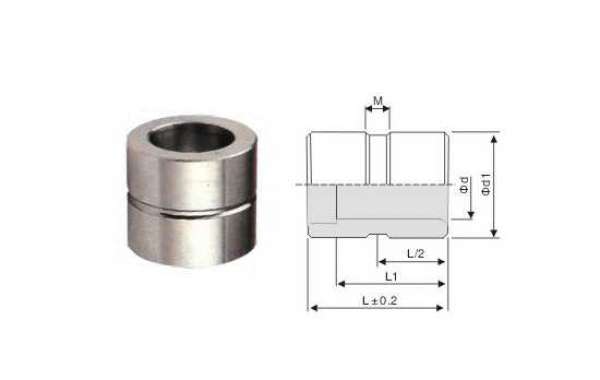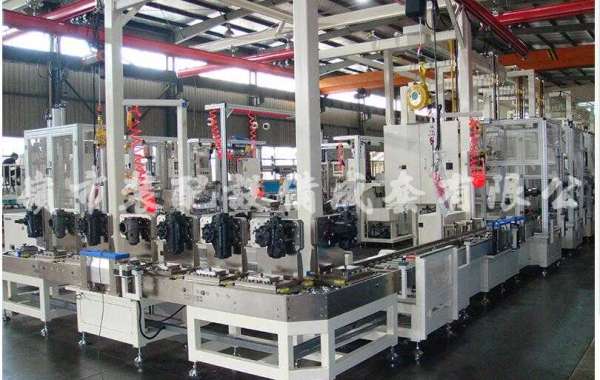The core metal: For shorter production runs, some Injection plastic mold makers will use molds made from aluminum. This is a perfectly reasonable choice if you will not need the mold to perform long-term. However, if a project requires that a mold last for several years, an aluminum mold may cost more in the long-run.
The number of cavities: It is pretty intuitive when you think about it. Fewer cavities in a mold require less tooling work and time and ultimately less cost. A reputable, experienced molder will be able to maximize cavitations in the mold to maintain the highest level of productivity. In general, most molders recommend creating one mold per part versus creating a family mold. Family molds are created with various cavities for assorted parts. They tend to produce inferior products and have more downtime due to maintenance issues.
Mold base: Think of the mold base as a case that holds all of the mold cavities, inserts and components together. The cost of the base is estimated based on the size of the mold and the type of steel used to make the base as well as the customization required. Most mold bases come in standard sizes and are further machined to meet the requirements of a specific project.
Core/Cavity machining: All molds must also be customized. Customization includes the placement of cores, cavities, ejectors, and cooling lines. The steel used in the tool also impacts cost. Hardened steel molds last the longest and are more expensive to machine. Once done, however, they have a long production life.
Part complexity: Just as the number of cavities plays a role in determining the cost of the mold, so does part complexity. This includes the surface finish of the final part as well as the number of undercuts required. Parts, which demand tight tolerances, also contribute to the mold complexity.
If you want to buy Straight ejector pin, contact us!








